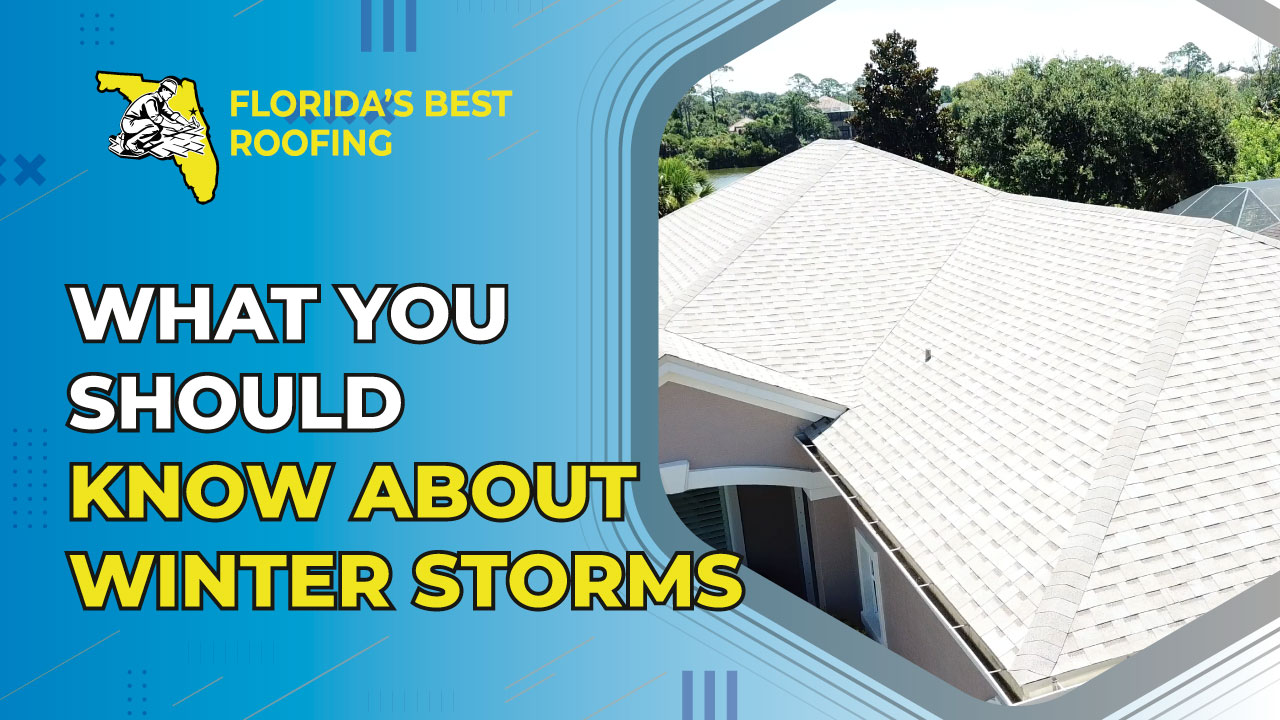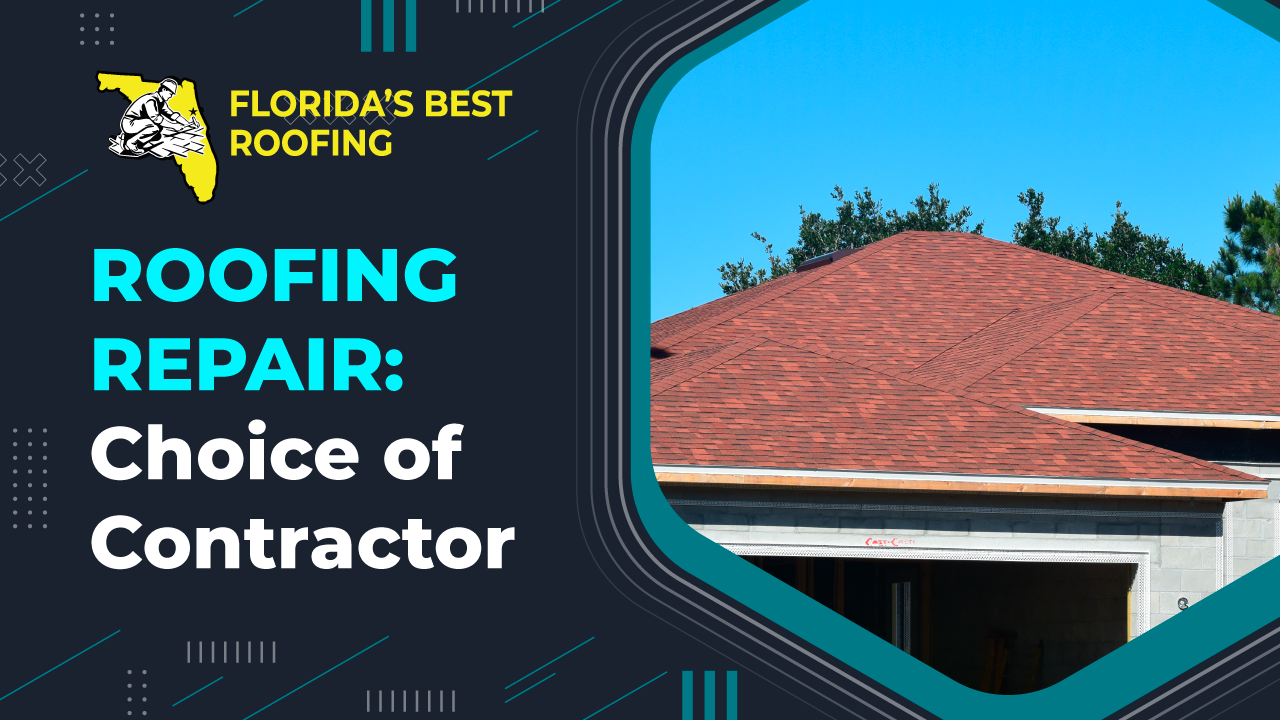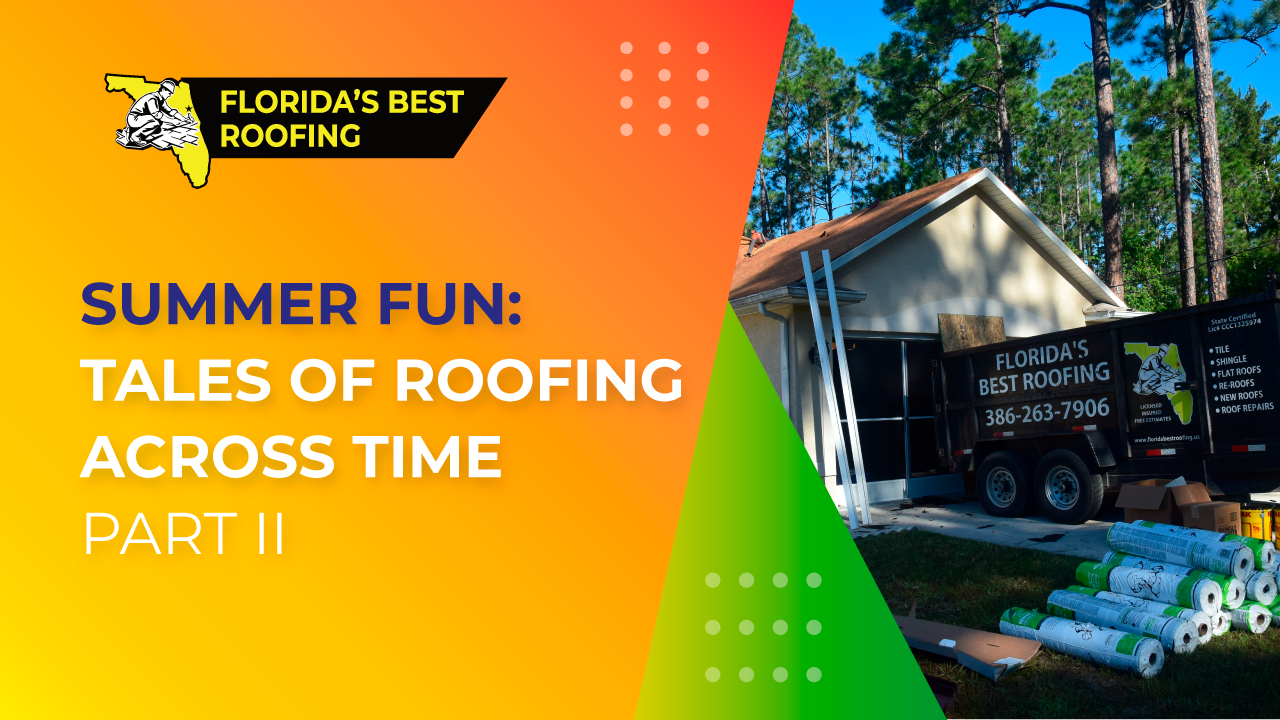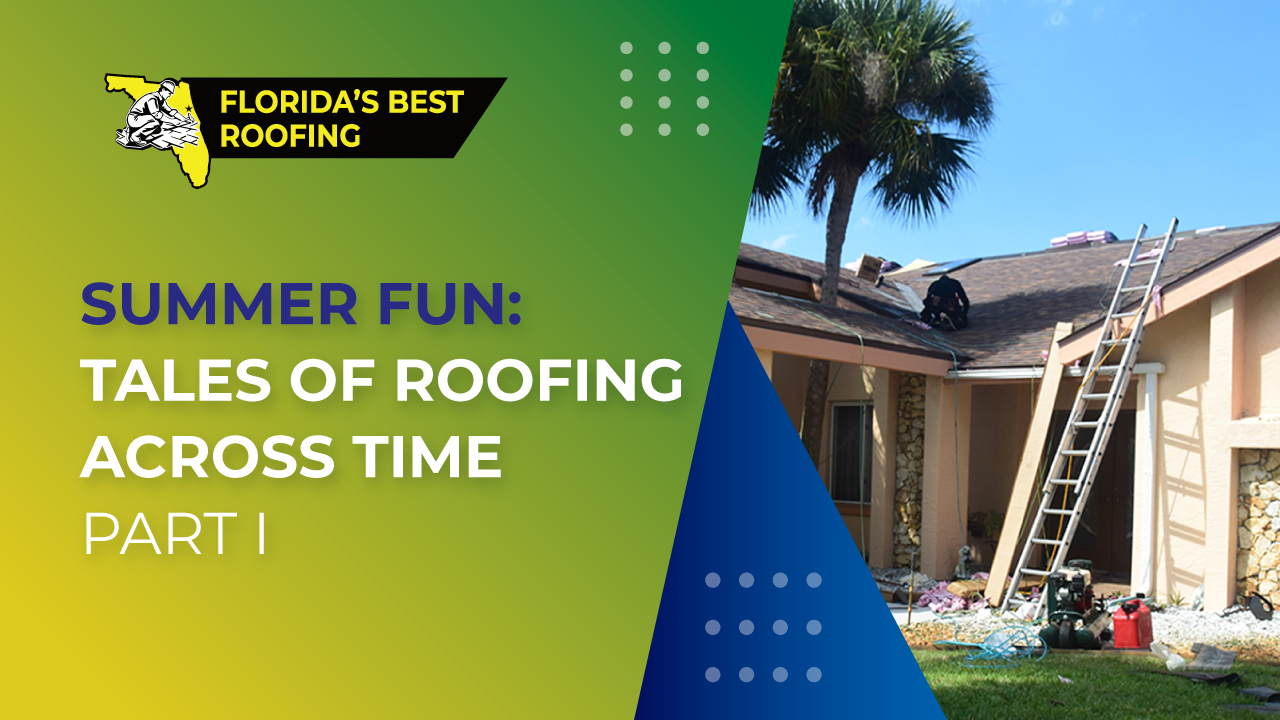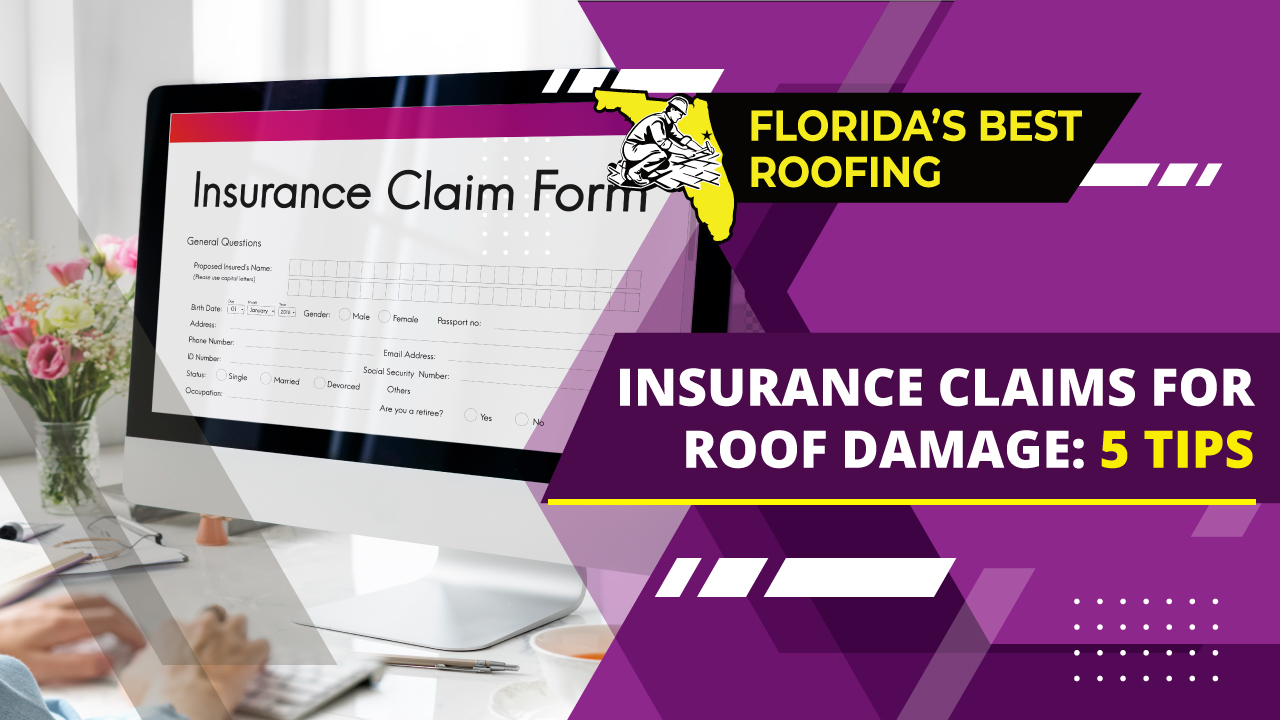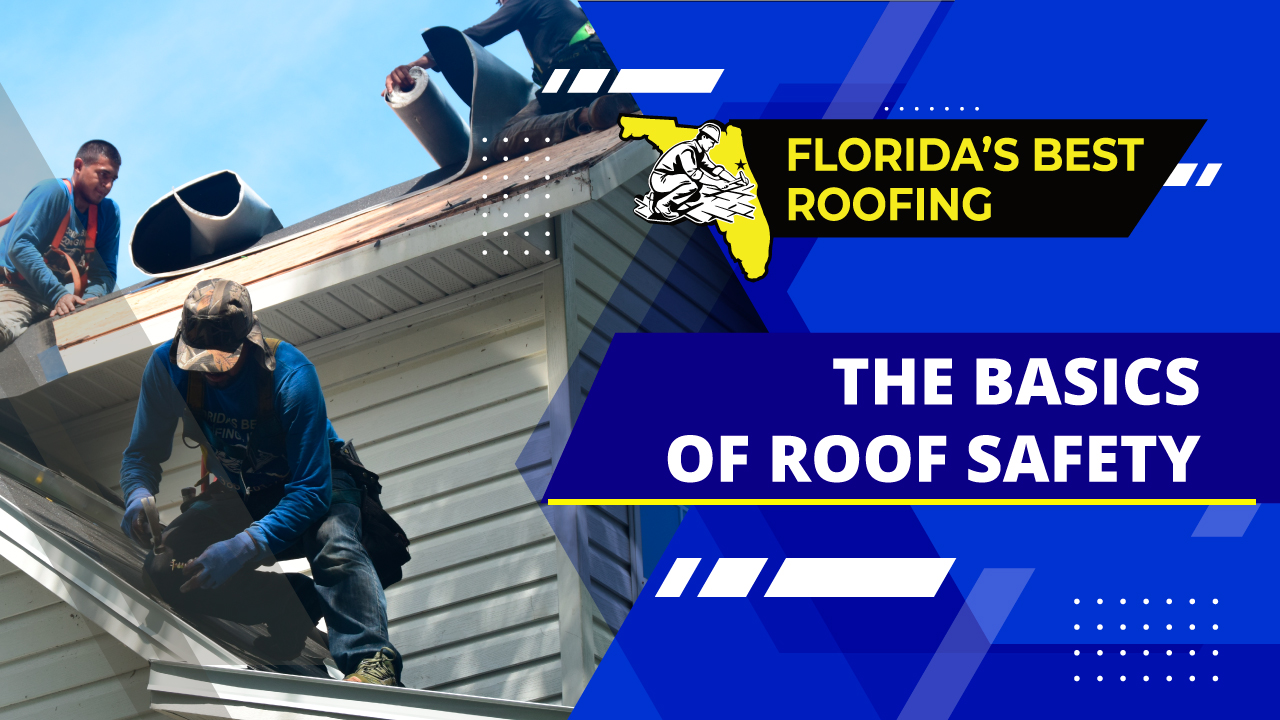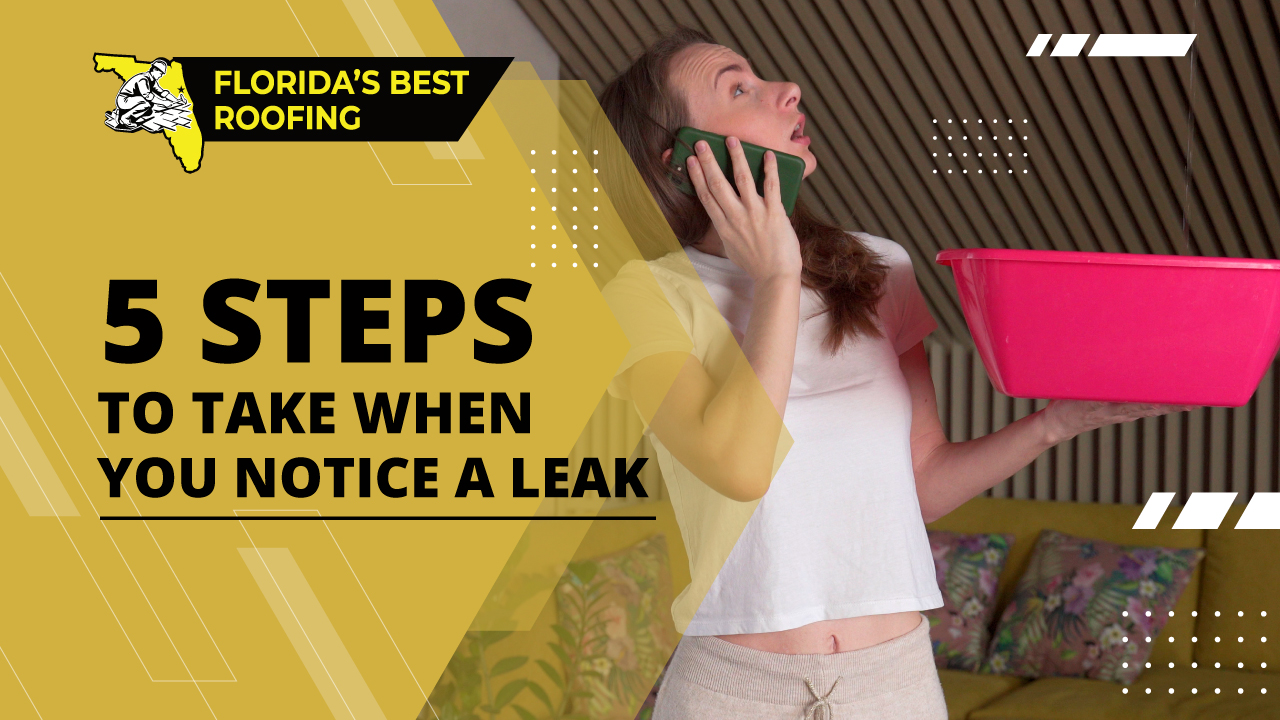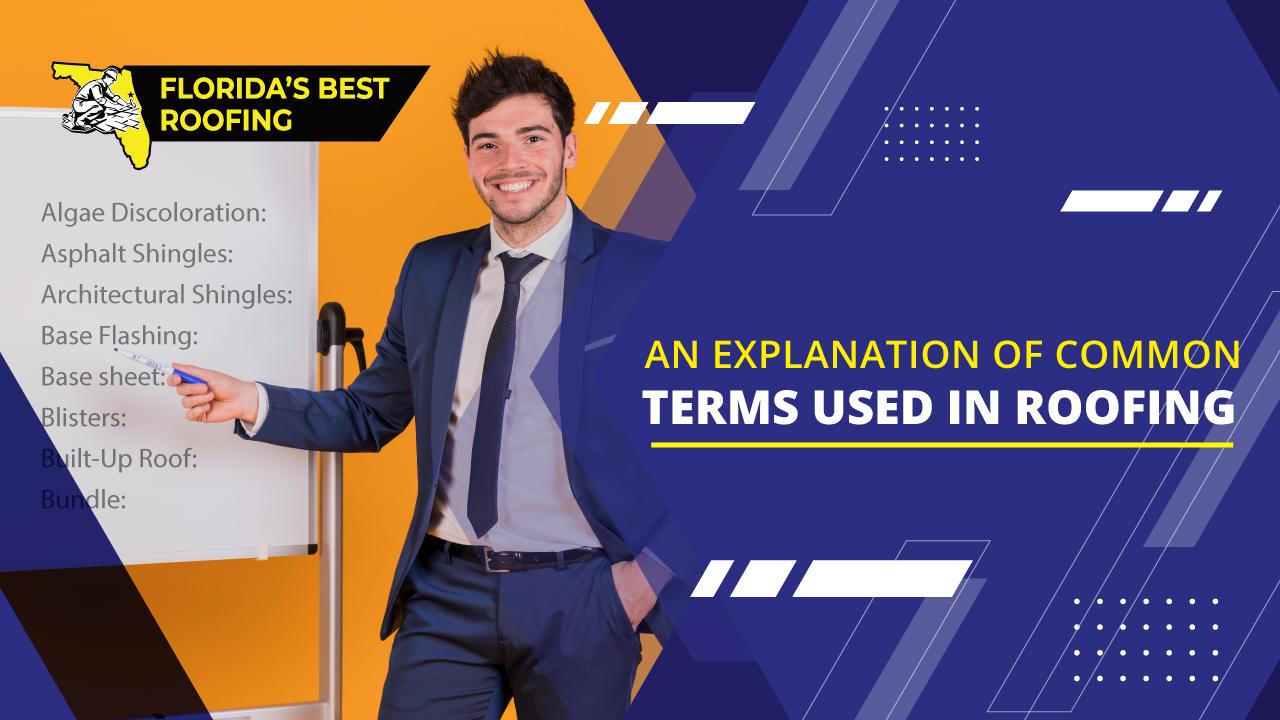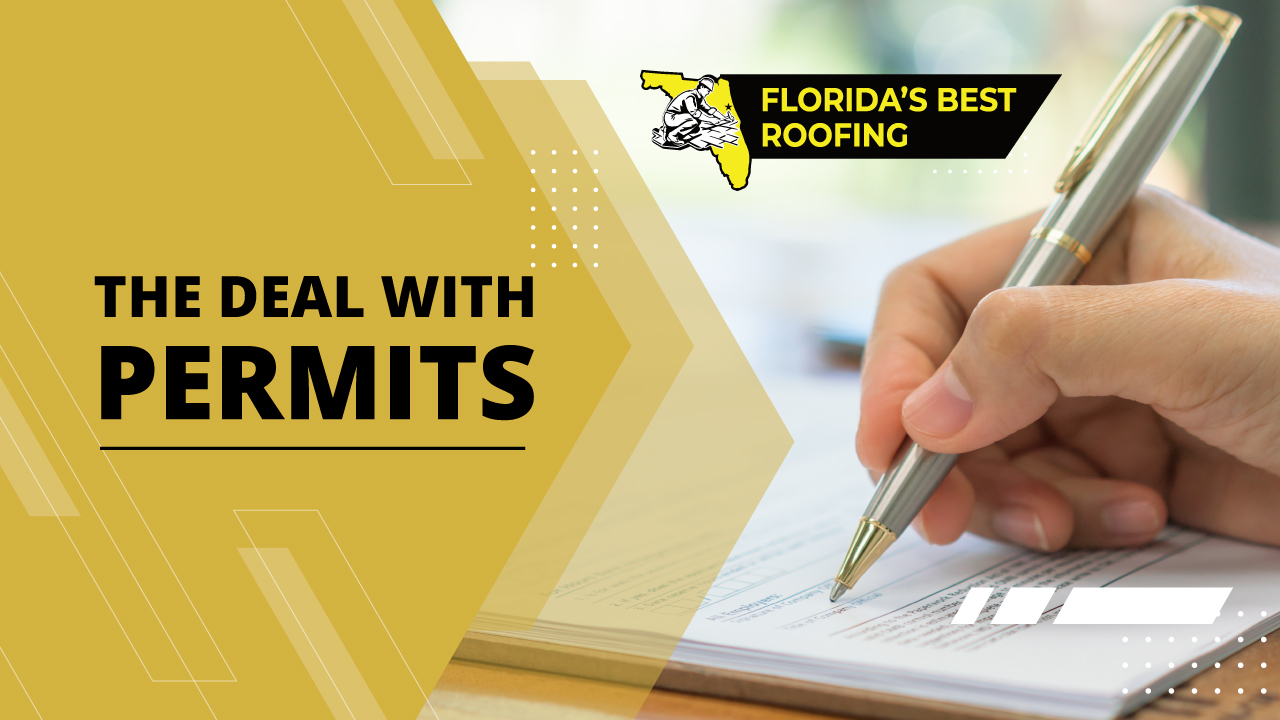What You Should Know About Winter Storms
In Florida our main weather worries occur during the hurricane season, from June first to November thirtieth. In the winter months, while the northern states often suffer blizzard conditions and there are talks of polar vortexes, we consider ourselves lucky since we do not need to plow snow, defrost our car windshields, or drive through sleet or on icy roads. All of this is true, and yet, it is important to keep in mind that here in Florida we have our own winter storms which come with hazardous conditions. These winter storms, while not quite as powerful as hurricanes, can still cause significant damage to property, and it is important to keep track of them and of any damages they might cause.
First, let us look into exactly what kind of storms we have in the South in the winter. While in the summer it is quite common for it to storm everyday, more or less, winter storms are less common. Usually, in the winter, a couple of times a month, sometimes more and sometimes less often, a cold front moves through west to east. Almost every cold front is headed by a storm, often lasting a whole day or more. These vary in severity from just a light drizzle to heavy rains accompanied by lightning and thunder. The latter kind of storm is the one you need to watch out for. These storms, like the one that moved through the South this week, are comprised of bands of heavy rains, thunderstorms, high velocity winds, hail, and even tornadoes. The wind gusts in these storms can be up to sixty or even seventy miles per hour, which is equal to the sustained wind speeds of a tropical storm. These kinds of wind speeds are the sort to cause property damage, particularly in the form of lost shingles. The hail that often accompanies these storms poses another danger: hail damage to the roof which often goes unnoticed and can cause leaks months down the line. The damage from tornadoes is, of course, quite obvious.
Second, we will discuss what to do to protect your property in the face of such storms. The most important note here is that you should not attempt to look for property damage or even think about climbing up on the roof until after the storm has passed completely. As outlined above, these storms pose significant dangers and make for hazardous conditions. So, while they are happening, it is recommended that you stay inside and avoid even driving unless absolutely necessary. During the storm the area affected is often placed under a tornado watch and a severe thunderstorm warning. Tornadoes, lightning, hail, and wet windy conditions can be very dangerous. In order to prevent property damage, you may want to make some preparations the day before the storm arrives. These include securing any loose items outdoors, such as patio furniture, and making sure that there are no tree branches overhanging your roof which could get knocked down by the storm. Although not as often as tropical storms or hurricanes, these storms do occasionally cause power outages, so you may also want to be prepared for that.
Finally, after the storm passes completely, it is a good idea to give your property a once over to check for any damages. This includes denting or tearing of outdoor screens (caused by wind or hail), denting of gutters (caused by hail), and roof damages. To check for roof damages first make sure that there are no new leaks on the interior (no matter how small). Then, take a look around the outside of the house to see if anything (like loose shingles) which should be on the roof has blown down. You may also want to look at the roof more closely (or hire a contractor/inspector to do so). On closer inspection, it is important to check for missing or creased shingles and hail damage to the roof’s surface in the form of pock marks, or nickel sized dots, on the shingles which indicate missing granules and thus loss of integrity in the roofing system. Hail damage often only appears on one or two slopes of the roof’s surface, depending on wind directionality. If you notice one or two marks of this sort on the roof, that is not a major concern, but if there are ten or more marks in any 10 feet by 10 feet area, then repairs or replacement are necessary. If you do notice property damage after a winter storm, your first step should be to call your home insurance company and file a claim, as these kinds of storm damages are covered by property insurance policies. After the adjuster’s inspection, it is time to call a trusted, licensed, and insured local contractor. Even if the damage seems small, do not delay the claims and repair process. As explained above, winter storms occur once or twice a month. Every subsequent storm will exacerbate the damages caused by the previous until small damages grow to become more significant and more expensive to repair.
If you have any questions about roofs, we would be happy to help you out. Florida’s Best Roofing, Inc. is a fully licensed (CCC 1325974) and insured, local roofing contractor with decades of experience. If you are interested in roof replacement or repair and you are in the Palm Coast, Flagler, or Volusia area, please give us a call at 386-263-7906 for a free estimate!

